Презентация lecture 10 human development

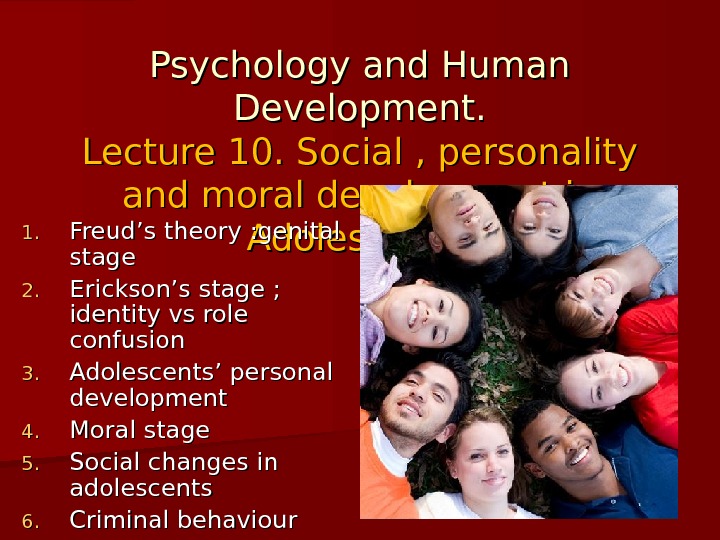
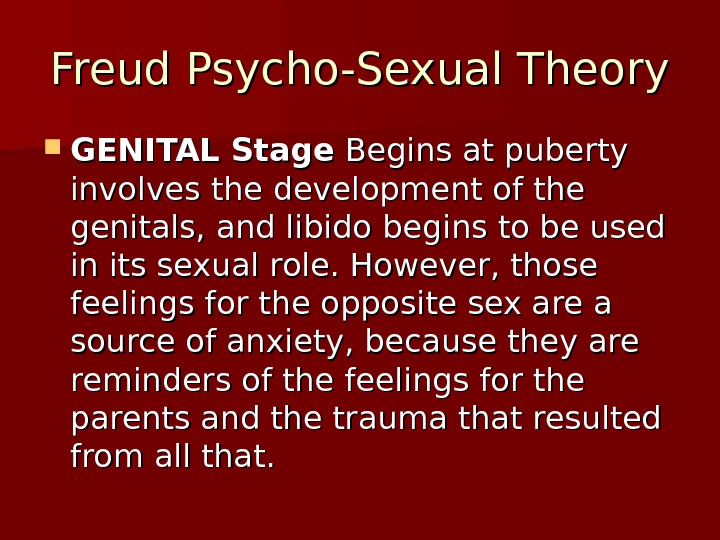

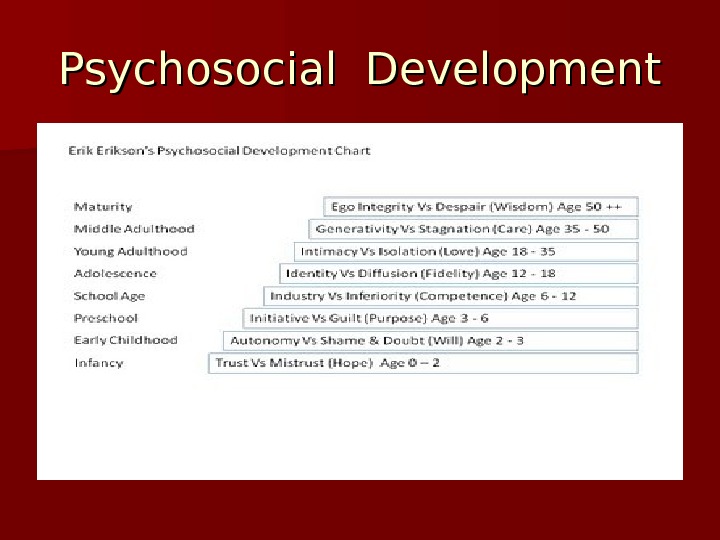
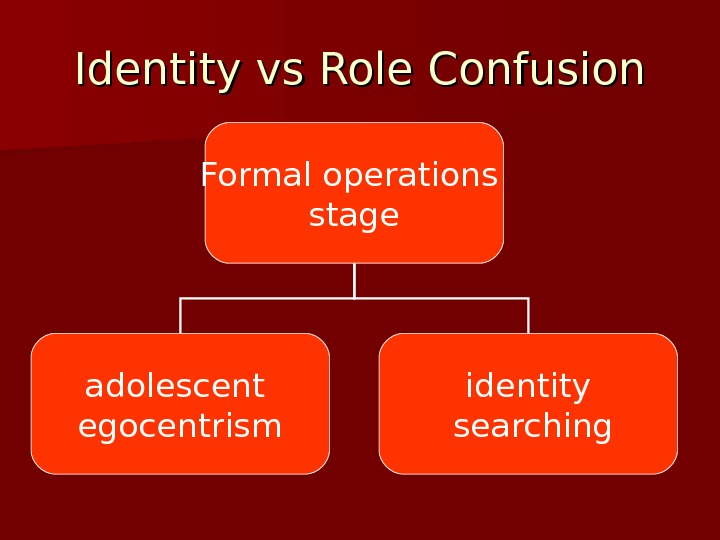

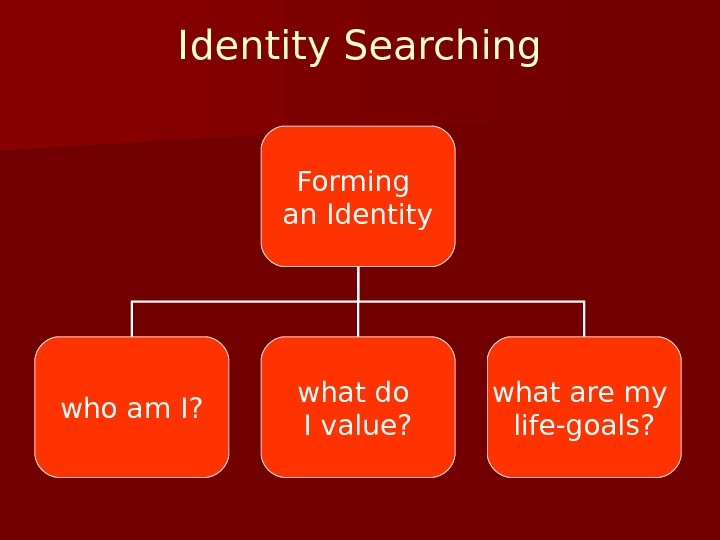
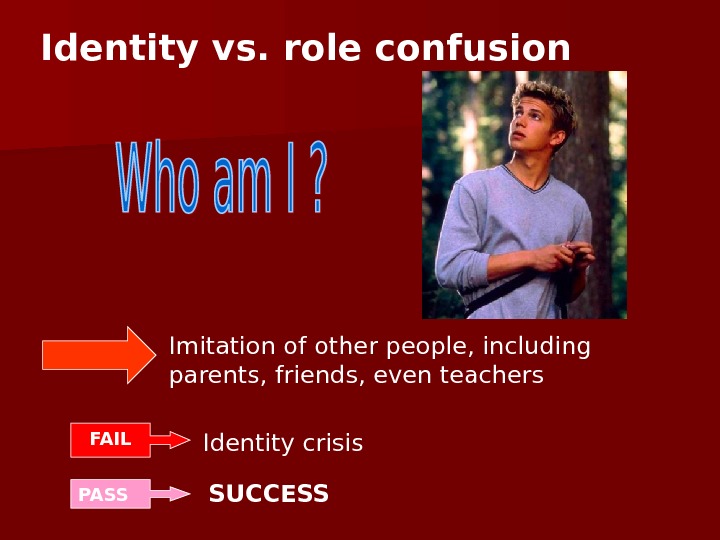
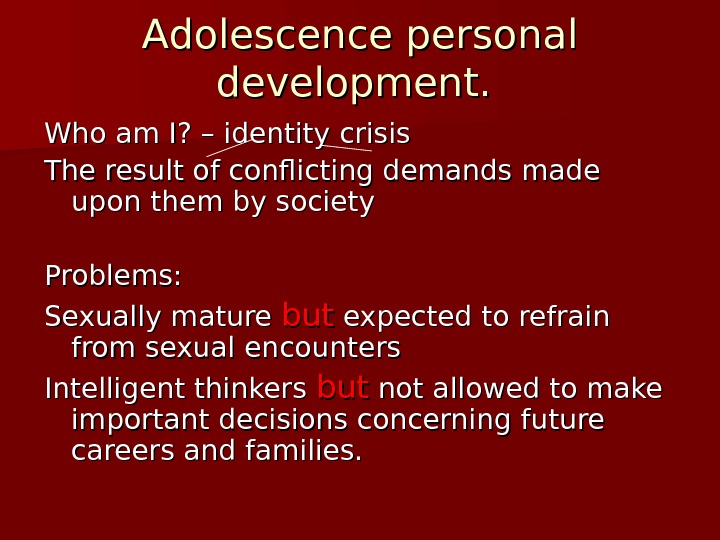
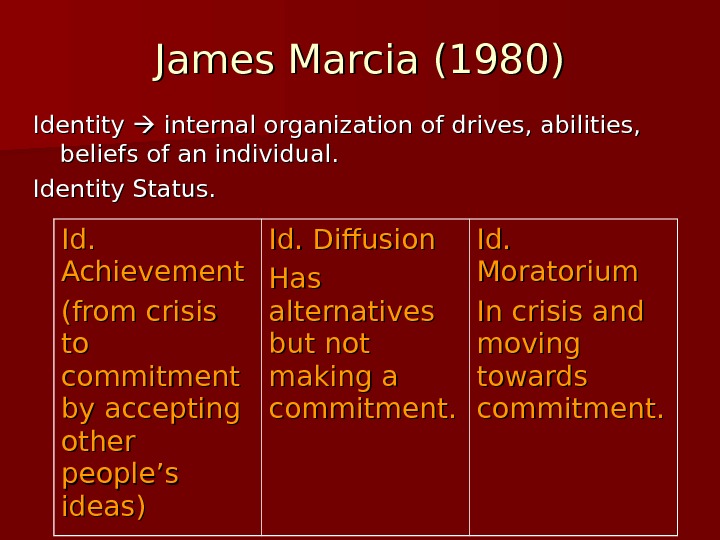

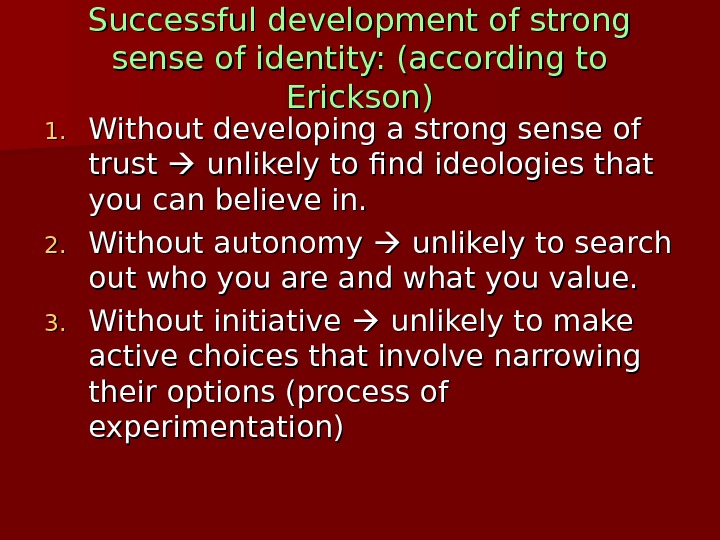
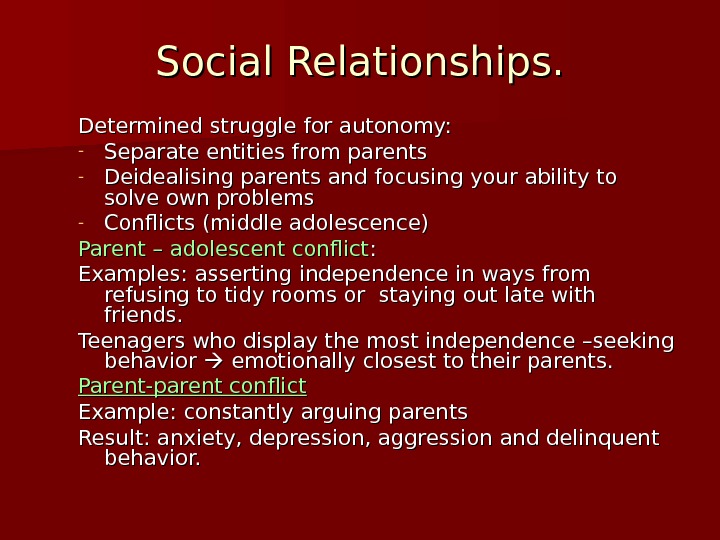


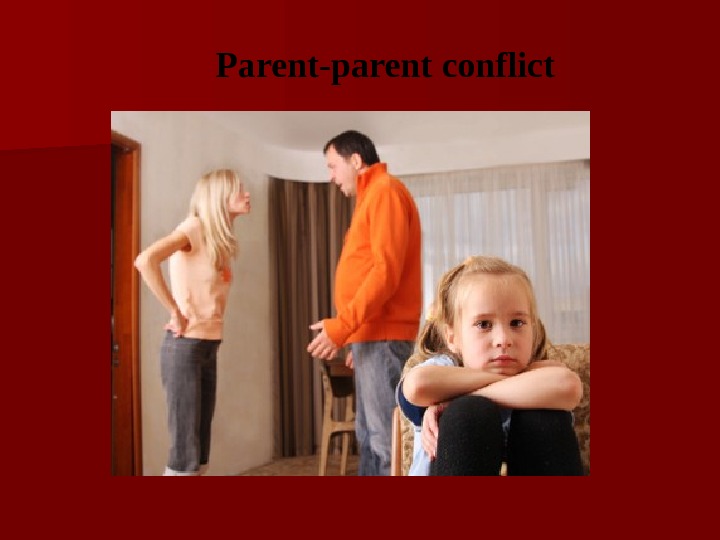
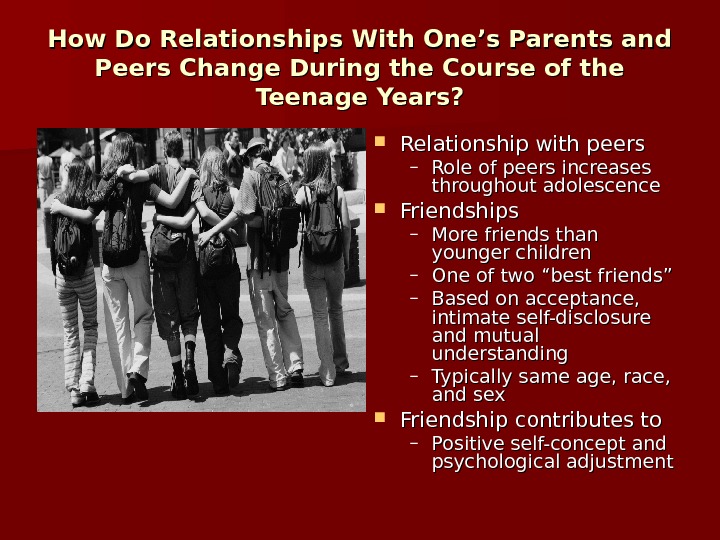
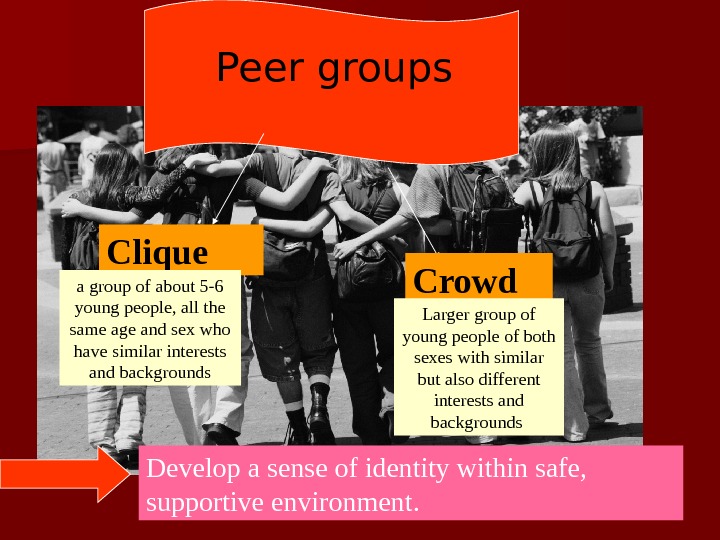
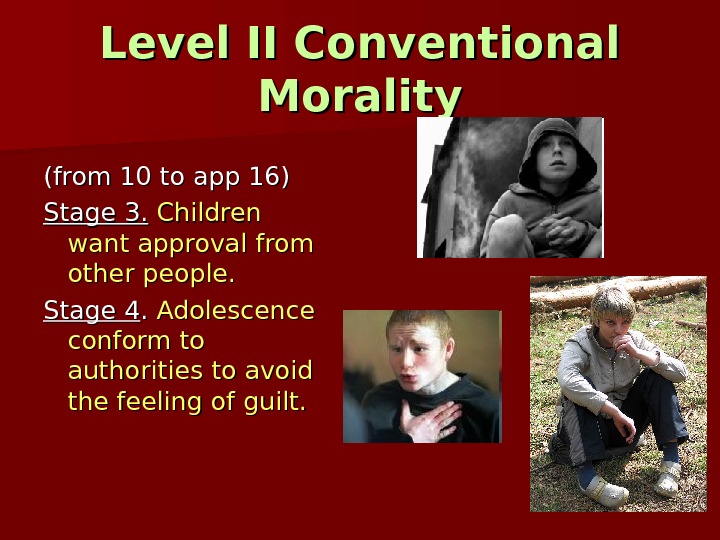
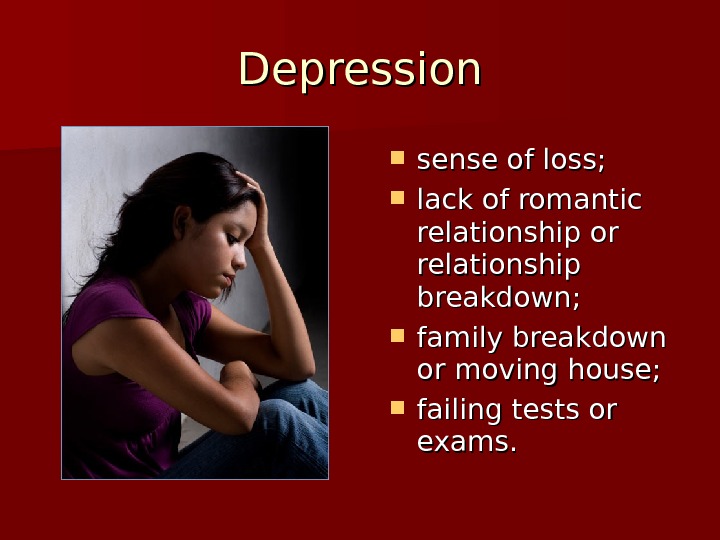

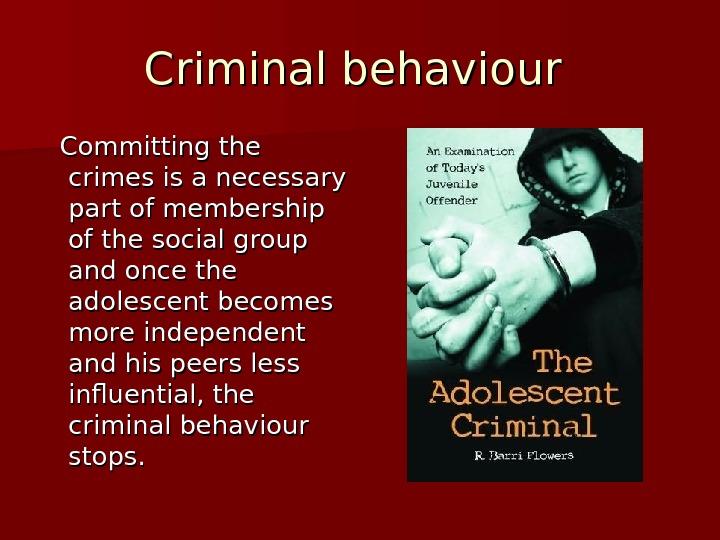
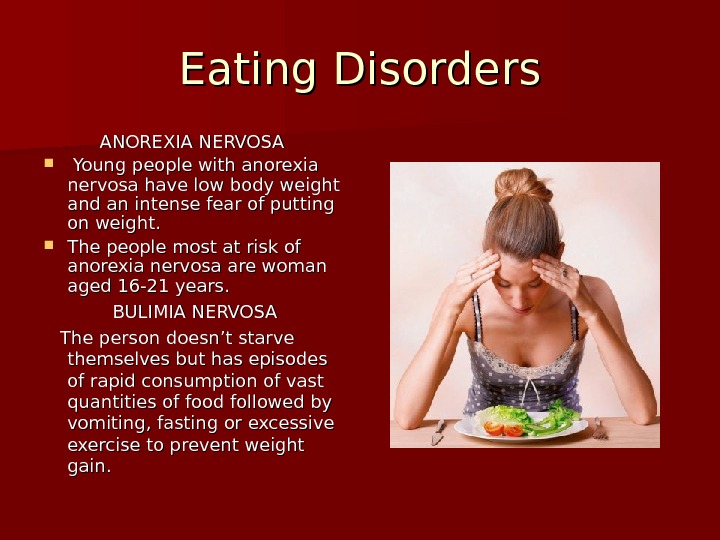
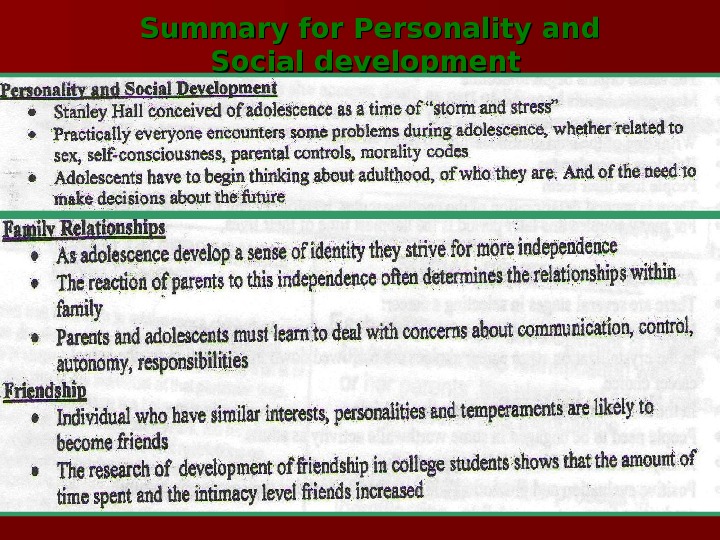

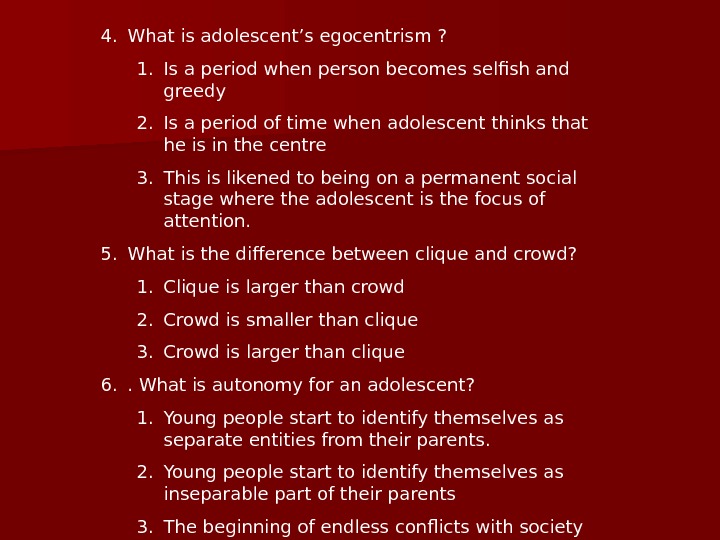
- Размер: 3 Mегабайта
- Количество слайдов: 26
Описание презентации Презентация lecture 10 human development по слайдам
 Psychology and Human Development. Lecture 10 10. Social , personality and moral development in Adolescence 1. 1. Freud’s theory : genital stage 2. 2. Erickson’s stage ; identity vs role confusion 3. 3. Adolescents’ personal development 4. 4. Moral stage 5. 5. Social changes in adolescents 6. 6. Criminal behaviour
Psychology and Human Development. Lecture 10 10. Social , personality and moral development in Adolescence 1. 1. Freud’s theory : genital stage 2. 2. Erickson’s stage ; identity vs role confusion 3. 3. Adolescents’ personal development 4. 4. Moral stage 5. 5. Social changes in adolescents 6. 6. Criminal behaviour
 Freud Psycho-Sexual Theory GENITAL Stage Begins at puberty involves the development of the genitals, and libido begins to be used in its sexual role. However, those feelings for the opposite sex are a source of anxiety, because they are reminders of the feelings for the parents and the trauma that resulted from all that.
Freud Psycho-Sexual Theory GENITAL Stage Begins at puberty involves the development of the genitals, and libido begins to be used in its sexual role. However, those feelings for the opposite sex are a source of anxiety, because they are reminders of the feelings for the parents and the trauma that resulted from all that.
 Genital Stage
Genital Stage
 Psychosocial Development
Psychosocial Development
 Identity vs Role Confusion Formal operations stage adolescent egocentrism identity searching
Identity vs Role Confusion Formal operations stage adolescent egocentrism identity searching
 Adolescent egocentrism. Preoccupation with himself or herself. Desire to be on a permanent social stage where you are the focus of attention. More focus on others’ opinions. First, a drop in self-esteem, soon recover and becomes stable. MY VALUES? WHAT I WANT OUT OF LIFE?
Adolescent egocentrism. Preoccupation with himself or herself. Desire to be on a permanent social stage where you are the focus of attention. More focus on others’ opinions. First, a drop in self-esteem, soon recover and becomes stable. MY VALUES? WHAT I WANT OUT OF LIFE?
 Identity Searching Forming an Identity who am I? what do I value? what are my life-goals?
Identity Searching Forming an Identity who am I? what do I value? what are my life-goals?
 Identity vs. role confusion Imitation of other people, including parents, friends, even teachers FAIL Identity crisis PASS SUCCESS
Identity vs. role confusion Imitation of other people, including parents, friends, even teachers FAIL Identity crisis PASS SUCCESS
 Adolescence personal development. Who am I? – identity crisis The result of conflicting demands made upon them by society Problems: Sexually mature butbut expected to refrain from sexual encounters Intelligent thinkers butbut not allowed to make important decisions concerning future careers and families.
Adolescence personal development. Who am I? – identity crisis The result of conflicting demands made upon them by society Problems: Sexually mature butbut expected to refrain from sexual encounters Intelligent thinkers butbut not allowed to make important decisions concerning future careers and families.
 James Marcia (1980) Identity internal organization of drives, abilities, beliefs of an individual. Identity Status. Id. Achievement (from crisis to to commitment by accepting other people’s ideas) Id. Diffusion Has alternatives but not making a commitment. Id. Moratorium In crisis and moving towards commitment.
James Marcia (1980) Identity internal organization of drives, abilities, beliefs of an individual. Identity Status. Id. Achievement (from crisis to to commitment by accepting other people’s ideas) Id. Diffusion Has alternatives but not making a commitment. Id. Moratorium In crisis and moving towards commitment.
 Carol Gilligan (1983): sex differences in identity formation. Males form their identities as separate individuals based on individual achievement. Females develop their identities based on social responsibilities and relationships. This explains some of the difficulties men and women have when interacting.
Carol Gilligan (1983): sex differences in identity formation. Males form their identities as separate individuals based on individual achievement. Females develop their identities based on social responsibilities and relationships. This explains some of the difficulties men and women have when interacting.
 Successful development of strong sense of identity: (according to Erickson) 1. 1. Without developing a strong sense of trust unlikely to find ideologies that you can believe in. 2. 2. Without autonomy unlikely to search out who you are and what you value. 3. 3. Without initiative unlikely to make active choices that involve narrowing their options (process of experimentation)
Successful development of strong sense of identity: (according to Erickson) 1. 1. Without developing a strong sense of trust unlikely to find ideologies that you can believe in. 2. 2. Without autonomy unlikely to search out who you are and what you value. 3. 3. Without initiative unlikely to make active choices that involve narrowing their options (process of experimentation)
 Social Relationships. Determined struggle for autonomy: — Separate entities from parents — Deidealising parents and focusing your ability to solve own problems — Conflicts (middle adolescence) Parent – adolescent conflict : : Examples: asserting independence in ways from refusing to tidy rooms or staying out late with friends. Teenagers who display the most independence –seeking behavior emotionally closest to their parents. Parent-parent conflict Example: constantly arguing parents Result: anxiety, depression, aggression and delinquent behavior.
Social Relationships. Determined struggle for autonomy: — Separate entities from parents — Deidealising parents and focusing your ability to solve own problems — Conflicts (middle adolescence) Parent – adolescent conflict : : Examples: asserting independence in ways from refusing to tidy rooms or staying out late with friends. Teenagers who display the most independence –seeking behavior emotionally closest to their parents. Parent-parent conflict Example: constantly arguing parents Result: anxiety, depression, aggression and delinquent behavior.
 What Happens to Self-Esteem During Adolescence? In early adolescence, self-esteem declines – Disparity between ideal and real self From age 13, self-esteem gradually improves – May adjust ideas about ideal self – May become less self-critical Emotional support from family and peers is important – Initially, family support more important – By late adolescence, peer support more important
What Happens to Self-Esteem During Adolescence? In early adolescence, self-esteem declines – Disparity between ideal and real self From age 13, self-esteem gradually improves – May adjust ideas about ideal self – May become less self-critical Emotional support from family and peers is important – Initially, family support more important – By late adolescence, peer support more important
 How Do Relationships With One’s Parents and Peers Change During the Course of the Teenage Years? Relationship with parents – Time spent with family decreases during adolescence Boys tend to spend more time alone Girls tend to spend more time with friends – More time spent with mother More conflicts but also more support – Remaining close to family More self-reliant and independence, higher self-esteem and better school performance – Conflicts are more frequent Based on issues of control
How Do Relationships With One’s Parents and Peers Change During the Course of the Teenage Years? Relationship with parents – Time spent with family decreases during adolescence Boys tend to spend more time alone Girls tend to spend more time with friends – More time spent with mother More conflicts but also more support – Remaining close to family More self-reliant and independence, higher self-esteem and better school performance – Conflicts are more frequent Based on issues of control
 Parent-parent conflict
Parent-parent conflict
 How Do Relationships With One’s Parents and Peers Change During the Course of the Teenage Years? Relationship with peers – Role of peers increases throughout adolescence Friendships – More friends than younger children – One of two “best friends” – Based on acceptance, intimate self-disclosure and mutual understanding – Typically same age, race, and sex Friendship contributes to – Positive self-concept and psychological adjustment
How Do Relationships With One’s Parents and Peers Change During the Course of the Teenage Years? Relationship with peers – Role of peers increases throughout adolescence Friendships – More friends than younger children – One of two “best friends” – Based on acceptance, intimate self-disclosure and mutual understanding – Typically same age, race, and sex Friendship contributes to – Positive self-concept and psychological adjustment
 Peer groups Clique Crowd a group of about 5 -6 young people, all the same age and sex who have similar interests and backgrounds Larger group of young people of both sexes with similar but also different interests and backgrounds Develop a sense of identity within safe, supportive environment.
Peer groups Clique Crowd a group of about 5 -6 young people, all the same age and sex who have similar interests and backgrounds Larger group of young people of both sexes with similar but also different interests and backgrounds Develop a sense of identity within safe, supportive environment.
 Level II Conventional Morality (from 10 to app 16) Stage 3. Children want approval from other people. Stage 4. . Adolescence conform to authorities to avoid the feeling of guilt.
Level II Conventional Morality (from 10 to app 16) Stage 3. Children want approval from other people. Stage 4. . Adolescence conform to authorities to avoid the feeling of guilt.
 Depression sense of loss; lack of romantic relationship or relationship breakdown; family breakdown or moving house; failing tests or exams.
Depression sense of loss; lack of romantic relationship or relationship breakdown; family breakdown or moving house; failing tests or exams.
 Suicide
Suicide
 Criminal behaviour Committing the crimes is a necessary part of membership of the social group and once the adolescent becomes more independent and his peers less influential, the criminal behaviour stops.
Criminal behaviour Committing the crimes is a necessary part of membership of the social group and once the adolescent becomes more independent and his peers less influential, the criminal behaviour stops.
 Eating Disorders ANOREXIA NERVOSA Young people with anorexia nervosa have low body weight and an intense fear of putting on weight. The people most at risk of anorexia nervosa are woman aged 16 -21 years. BULIMIA NERVOSA The person doesn’t starve themselves but has episodes of rapid consumption of vast quantities of food followed by vomiting, fasting or excessive exercise to prevent weight gain.
Eating Disorders ANOREXIA NERVOSA Young people with anorexia nervosa have low body weight and an intense fear of putting on weight. The people most at risk of anorexia nervosa are woman aged 16 -21 years. BULIMIA NERVOSA The person doesn’t starve themselves but has episodes of rapid consumption of vast quantities of food followed by vomiting, fasting or excessive exercise to prevent weight gain.
 Summary for Personality and Social development
Summary for Personality and Social development
 1. What adolescence is? 1. is a period of physical and psychological transition from childhood to adulthood 2. Is a period of transition from adulthood to the old ages 3. Period of time when people experience a lot of stress 2. How does puberty change an adolescent? 1. Person becomes ugly 2. Physical attractiveness and self esteem 3. Person do not change 3. How do they solve their problem of self determination? 1. Think a lot 2. Through the imitation to other people 3. Repeat what other people do
1. What adolescence is? 1. is a period of physical and psychological transition from childhood to adulthood 2. Is a period of transition from adulthood to the old ages 3. Period of time when people experience a lot of stress 2. How does puberty change an adolescent? 1. Person becomes ugly 2. Physical attractiveness and self esteem 3. Person do not change 3. How do they solve their problem of self determination? 1. Think a lot 2. Through the imitation to other people 3. Repeat what other people do
 4. What is adolescent’s egocentrism ? 1. Is a period when person becomes selfish and greedy 2. Is a period of time when adolescent thinks that he is in the centre 3. This is likened to being on a permanent social stage where the adolescent is the focus of attention. 5. What is the difference between clique and crowd? 1. Clique is larger than crowd 2. Crowd is smaller than clique 3. Crowd is larger than clique 6. . What is autonomy for an adolescent? 1. Young people start to identify themselves as separate entities from their parents. 2. Young people start to identify themselves as inseparable part of their parents 3. The beginning of endless conflicts with society
4. What is adolescent’s egocentrism ? 1. Is a period when person becomes selfish and greedy 2. Is a period of time when adolescent thinks that he is in the centre 3. This is likened to being on a permanent social stage where the adolescent is the focus of attention. 5. What is the difference between clique and crowd? 1. Clique is larger than crowd 2. Crowd is smaller than clique 3. Crowd is larger than clique 6. . What is autonomy for an adolescent? 1. Young people start to identify themselves as separate entities from their parents. 2. Young people start to identify themselves as inseparable part of their parents 3. The beginning of endless conflicts with society

